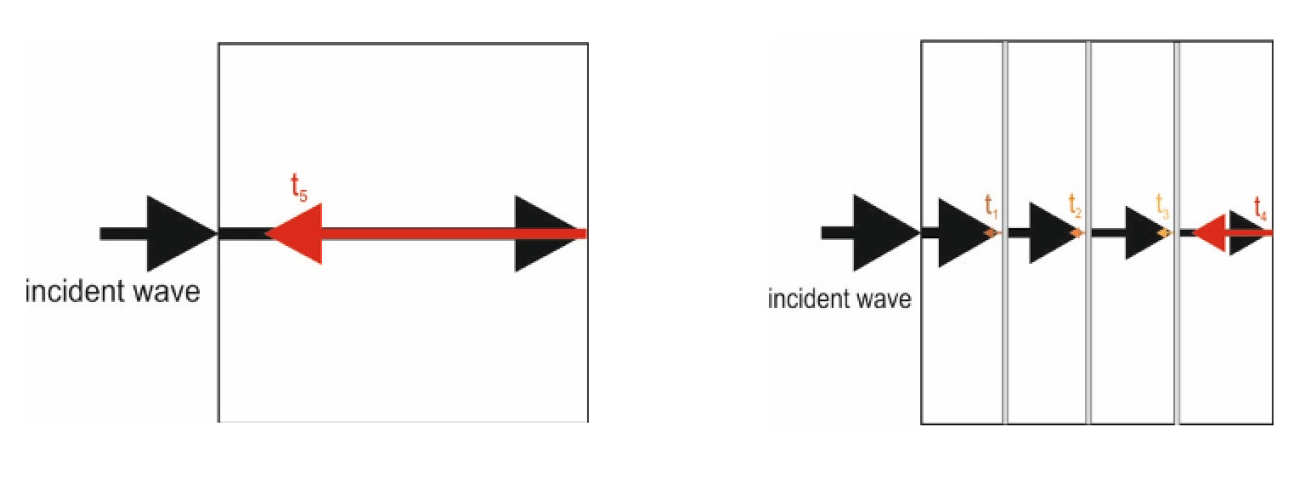Name: Jia Hui Teo
Supervisors: Dr Luc J. Vandeperre and Prof Eduardo Saiz
Sponsor: DSO National Laboratories
Projectile erosion accounts for a significant loss of energy during projectile-target interaction, and the duration is proportionate to the amount of time the ceramic can maintain its integrity. Literature review suggests that the dwell time of the projectile on the surface is directly correlated to the thickness of the tile instead of areal density or density.
This thickness dependence is that failure of the ceramic tiles during projectile impact is largely due to the tensile reflection arising from an impedance mismatched interface. A projectile impacting a ceramic tile surface constitutes a compressive wave. In a monolithic ceramic, the only tensile reflection is from the back end of the ceramic tile. Due to the large impedance mismatch between the ceramic tile and air, this reflection arising from the ceramic/air interface is very large and is problematic as ceramics are weak in tension. By introducing interfaces with slight impedance mismatches, the magnitude of the large tensile wave arising will be replaced with many smaller tensile returns which will improve the survivability of the tile albeit only by a couple of microseconds.
